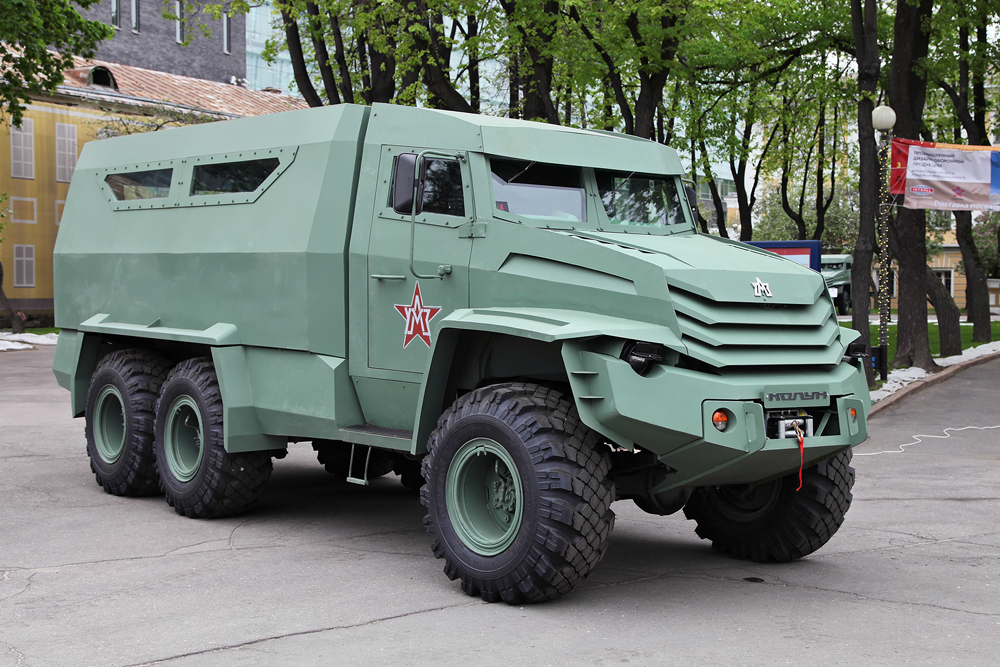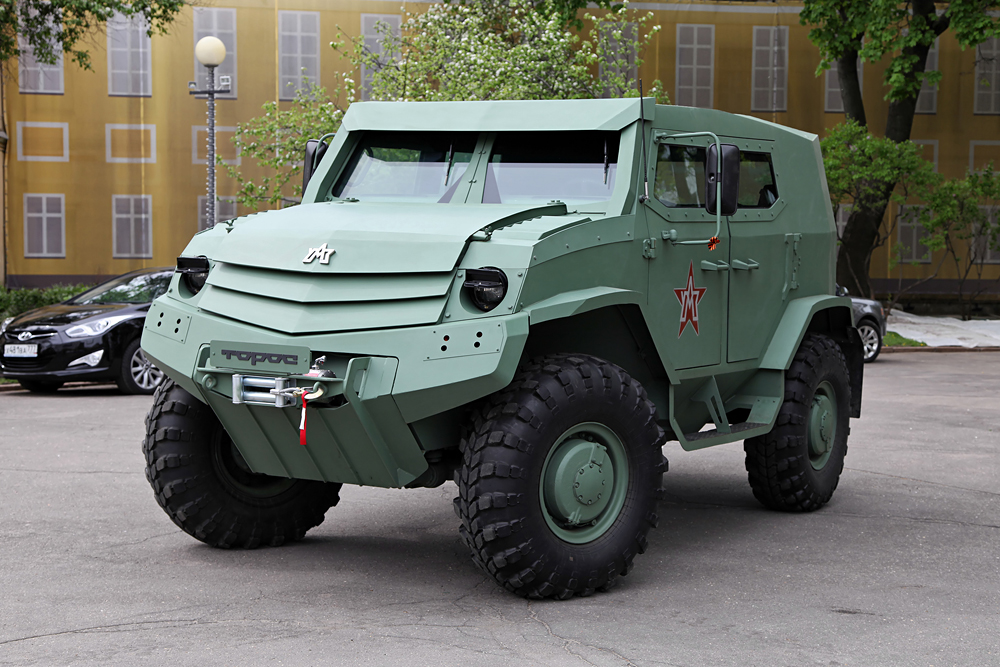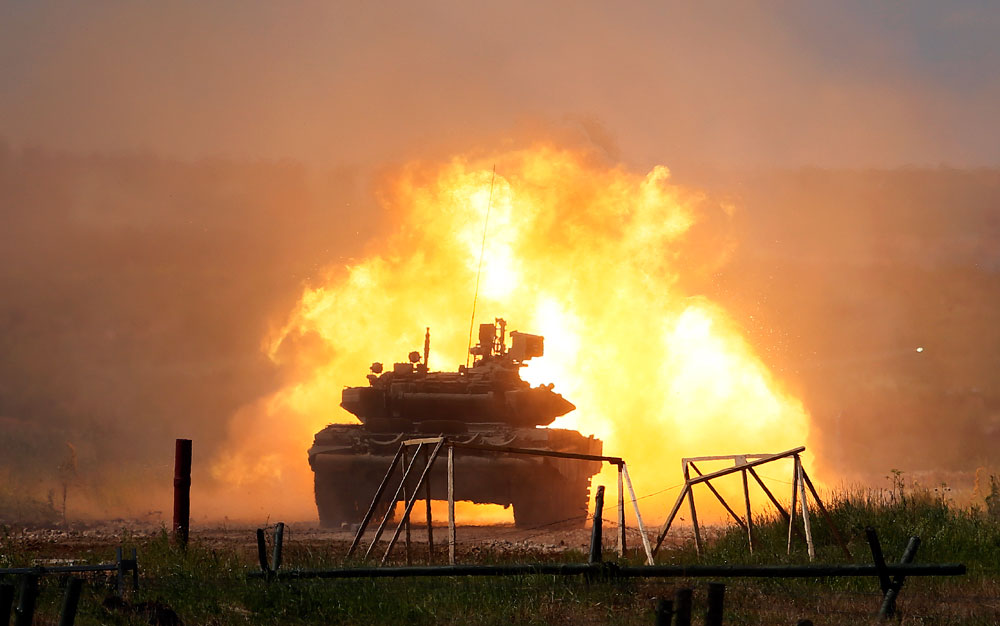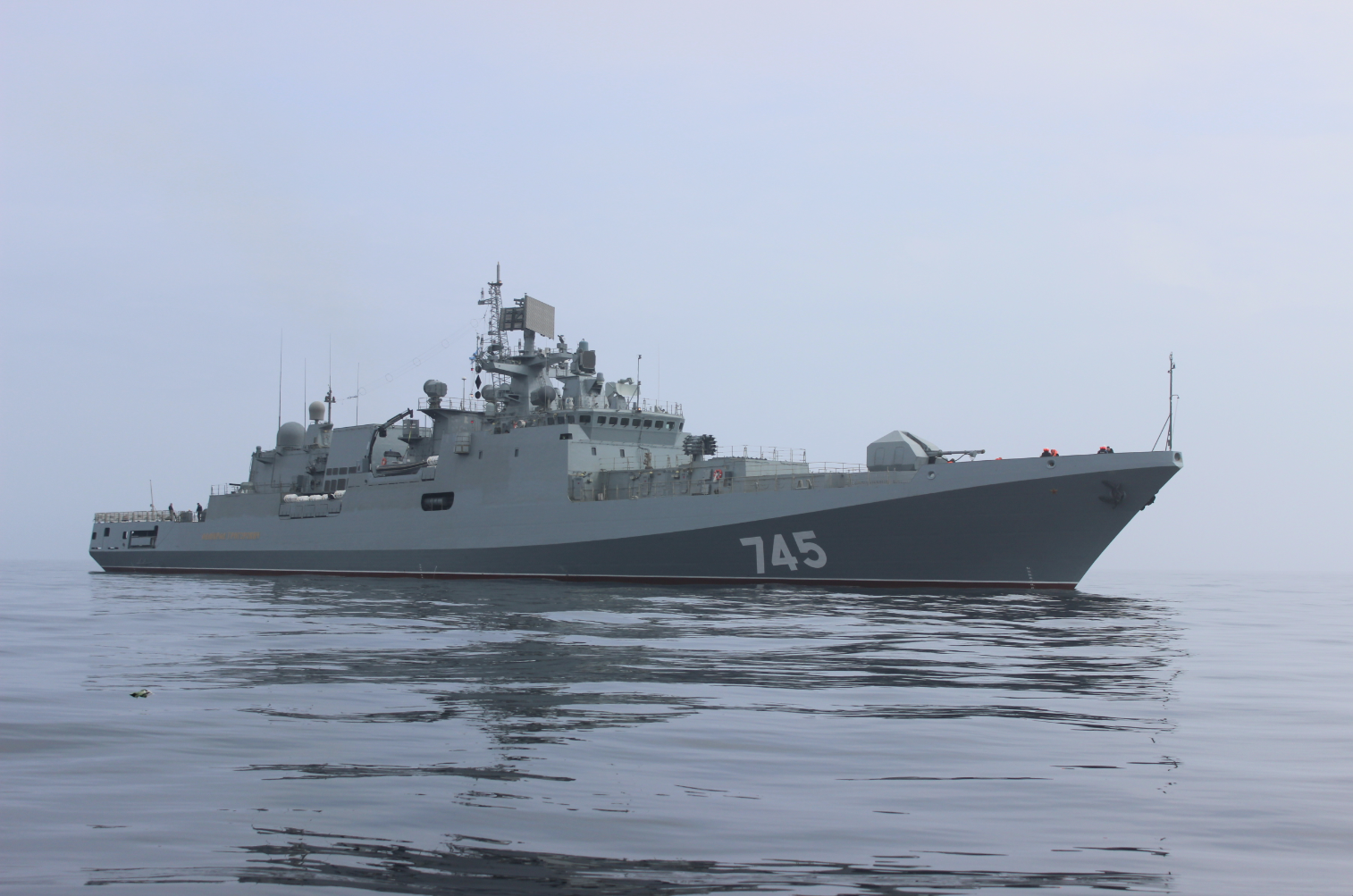Putin thumbs-up for three new fighting machines

The Kolun is undergoing tests and waiting for its first customers.
Vitaly V. KuzminSeveral new armoured vehicles have been designed in Russia in recent years to meet requirements of the country’s armed forces and the Federal Security Service (FSB). They are still in the process of being tested, but have already been shown to President Vladimir Putin.
We look at the three of the most unusual combat vehicles that appear to have made an impression on the Russian leader.
1. Karatel
This all-terrain combat vehicle with a futuristic look, shown by FSB director Alexander Bortnikov to Vladimir Putin on February 26, bears a name with somewhat painful associations for the Russian mind. The word karatel is the Russian for punisher, the name given to Nazi Germans who killed Soviet citizens during World War II.
The Karatel resembles the famous Batmobile from the Hollywood Batman blockbusters, and is a formidable off-road vehicle designed for secret units on special operations.
The first photographs first appeared in early 2012, when some bloggers spotted the new vehicle at a testing range outside Moscow. Reports at the time said that the 12-ton vehicle had been built on a KAMAZ chassis and the shape of its body was intended to better protect the vehicle against explosions. The Karatel could best be described as a counter-sabotage vehicle.
For an armoured car, the Karatel has an impressive speed of almost 70 mph, while its flank armour is capable of withstanding 7.62-mm calibre bullets (like those used, for instance, in the new Kalashnikov assault rifle). When not damaged, its armoured windows can take a hit from a rocket-propelled grenade.
The seating arrangement inside the vehicle also is quite unusual for Russian combat vehicles. Paratroopers (the Karatel can comfortably accommodate 10-12 people) sit back-to-back, allowing them to have a panoramic view and fire in all directions.
Nearly four years of rigorous testing have done the Karatel good. The vehicle has been shown to the Russian president, which indicates that it now has a very good chance of entering into service in the near future.
2. Kolun
Another armoured vehicle of the future appeared almost out of thin air. Designer Oleg Shapkin drew the outlines and concept for a 2014 competition, “Combat Transport Vehicle of the 21st Century.” It did not take long for the drawing to come to life.
The angular-looking vehicle was built on the chassis of the civilian ZIL-131 truck in late 2014. The Kolun has two modifications, a 6х6 and a 4х4 option, and weighs 9 tons. It is fitted with landmine and bullet protection.
The Kolun’s designers expect the vehicle to be used as an armoured personnel carrier (it can accommodate up to 16 people). It is undergoing final tests and waiting for its first customers.
3. Toros
 Source: Vitaly V. Kuzmin
Source: Vitaly V. Kuzmin
Of the same family as the Kolun, the Toros is another brainchild of Oleg Shapkin, also built on a ZIL chassis. The Toros has the same level of protection and armour as the Kolun and comes in three varieties: as a commander’s open-top vehicle, as an amphibious vehicle, and as a medical vehicle.
The Intrall company, which has manufactured the vehicles, admits that it has not received orders either from the Defence Ministry or from other government agencies, although there have been expressions of interest in these unusual vehicles (including from abroad).
President Putin also showed interest in these “polite” combat vehicles (nicknamed thus as an allusion to the popular name given to Russian servicemen and military units that were involved in the Crimea operation in 2014).
After inspecting the new vehicles at an exhibition organized by the All-Russia People’s Front in late November 2014, Putin said: “Politeness together with arms can get you far more than politeness alone.”
All rights reserved by Rossiyskaya Gazeta.
Subscribe
to our newsletter!
Get the week's best stories straight to your inbox

